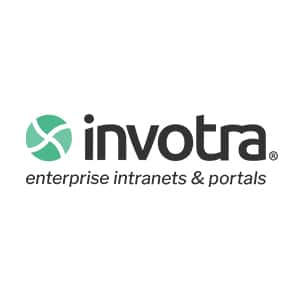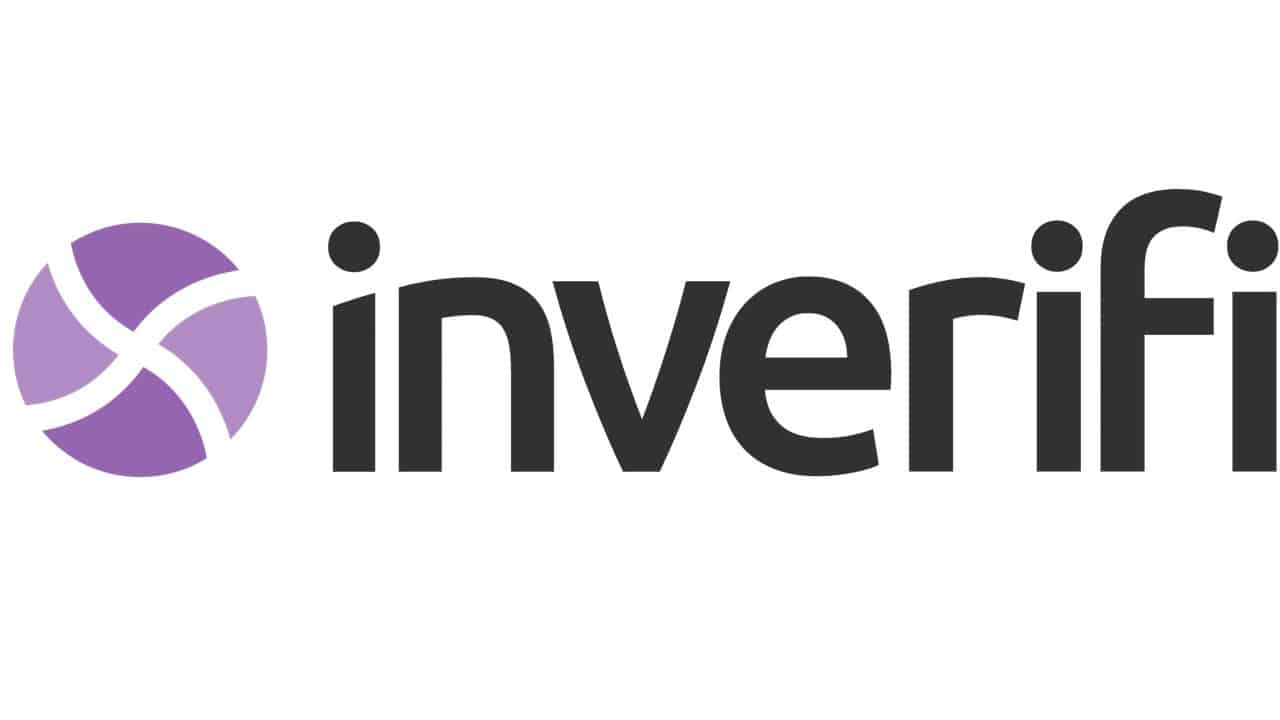Organisations that wish to remain competitive and relevant in the market are embracing big data. However, there is sometimes a disconnect between the management of data and the practical application of what that data can do for a company. It is the role of data integration to bridge that gap, permitting the data to be far more useful than it was previously.
But what is data integration? In simple words, data integration is the practice of combining data from different disparate sources into a single dataset to provide users with a unified view of data. It is common for data to exist in silos – that is, in separate databases which are each focused on a specific type of customer, product, location, etc. Individually, these silos of data may not be particularly useful, but they can be quite powerful when integrated.
For example, for a typical customer 360 view use case, the data that must be combined may include data from CRM systems, web traffic, marketing operations software, customer-facing applications, sales software, etc. Without unified data a single report typically involves logging into multiple accounts, on multiple sites, accessing data within native apps, copying over the data, reformatting, and cleansing, all before analysis can happen. Time-consuming, right? However, data integration and automation can be the solution. So what are the advantages of data integration? In this blog, we will outline four key benefits that will improve your decision-making process and business performance.
Easy access to data in unified systems
Employees in every department — and sometimes in disparate physical locations — increasingly need access to the company’s data for shared and individual projects. IT needs a secure solution for delivering data via self-service access across all lines of business. Additionally, employees in almost every department are generating and improving data that the rest of the business needs.
Saves time and boosts efficiency
When a company takes measures to integrate its data properly, it cuts down significantly on the time it takes to prepare and analyse that data. The automation of unified views cuts out the need for manually gathering data, and thus, eliminating the double work. Besides, employees no longer need to build connections from scratch whenever they need to run a report or build an application. Thus, all the time saved on these tasks can be put to other, better uses, with more hours earmarked for analysis and execution to make an organisation more productive and competitive.
Reduces errors and improves decision-making
There is a lot to keep up with when it comes to a company’s data resources. To manually gather data, employees must know every location and account that they might need to explore — and have all necessary software installed before they begin — to ensure their data sets will be complete and accurate. If a data repository is added, and that employee is unaware, they will have an incomplete data set. Besides, without a data integration solution that synchronises data, reporting must be periodically re-done to account for any changes. With automated updates however, reports can be run easily in real-time, whenever they are needed, and thus, supporting the employees to make better decisions within the business and when interacting with colleagues and customers.
Delivers and maximises the value of data
Data integration efforts improve the value of a business’ data over time. As data is integrated into a centralised system, quality issues are identified and necessary improvements are implemented, which ultimately results in more accurate data — the foundation for quality analysis, compliance reporting and risks management. Moreover, if incorporating big data from third-party sources into your newly integrated centralised data software, organisations can improve their position in the competitive market as they are able to anticipate shifts in demand and supply by utilising not only internal company’s data but also the external data and thus, closing the data gaps. This makes the centralised data source much more valuable. For instance, when integrating the data from external sources such as IoT (Internet of Things) devices, a company not only is able to improve and expand their current products or/and service offerings but even discover new revenue streams that they would not have been able to discover with just their first-party data.

To conclude, pulling together the information from various sources can be no small task for data engineers and developers, however, with data integration supporting queries in the enormous company’s datasets, a business can benefit in everything from business intelligence and customer data analytics to data enrichment and real-time information delivery. Therefore, if you want to stay afloat in the market and keep growing your business, you must consider the value of data and data integration as a part of your business strategy.














































